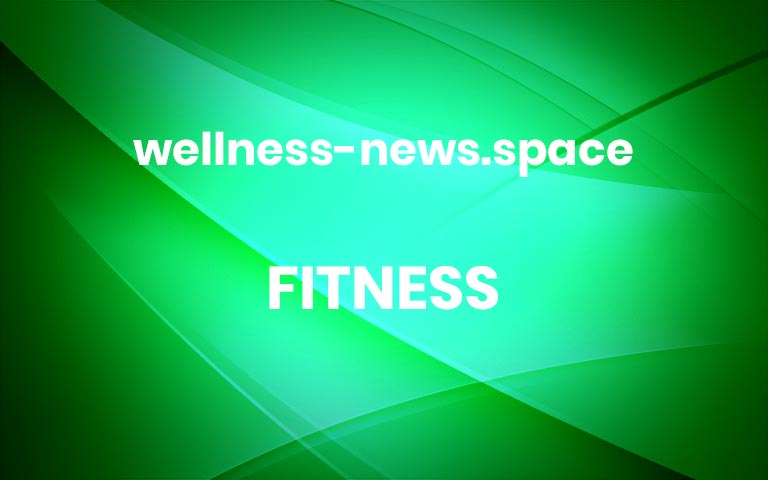Resistance Bands: 8 Warm-Up Exercises with Exercise Bands
It’s important to always include a warm up (and cool down) in your workout routine. This way you get your body ready for running or strength training and can prevent injuries.
Why warm-up exercises are so important before a workout:
You gradually increase heart rate and body temperature.
Muscles get warm; tendons and joints become more supple.
Injury prevention.
Better mobility, flexibility, and mental focus.
The benefits to using resistance bands in your fitness routine are significant; plus, they can make your warm-up exercises more fun and interesting. Available in different sizes and strengths, you can use resistance bands to stimulate specific muscle groups. Why not get creative and come up with an entire resistance band workout!
We’ve put together the 8 most effective warm-up exercises with resistance bands for you to get started. Do eight to ten reps of each exercise for two or three sets. This is a great way to warm up your whole body.
4 Upper Body Warm-Up Exercises with Resistance Bands
1. Shoulder Circles
Stand up straight and pull your shoulders back and down.
Grasp the exercise band in each hand and stretch your arms out to the sides.
Move the resistance band up over your head and behind you, always maintaining tension on the band. Then move the band up and back over your head again until your hands are where you started.
2. Face Pulls
Attach the exercise band to something at the level of your face. Grasp it with both hands and take a few steps backward.
Your arms should be stretched out in front of you with slight tension on the resistance band.
Now pull your hands toward your face. Make sure to keep your elbows up.
Hold this position for a few seconds and then return to the starting position.
3. Lateral Raise
Lay the resistance band on the floor and stand on the middle of it. Grab the ends of the band and let your arms hang by your sides. Tense your abs and glutes.
Bring your arms up at your sides until they are parallel to the floor.
Hold this position for five seconds, then lower your arms back down to the starting position.
4. Side Bend
Put your arms up straight above your head and hold the resistance band tightly between your hands.
Bend your upper body to the side, alternating left and right.
4 Lower Body Exercises with Resistance Bands
1. Banded Front Squat
Stand on a loop resistance band with your feet shoulder-width apart. Stretch the band up to your shoulders.
Cross your forearms and keep your core tight.
Drop down into a squat. Make sure you are doing the squat properly.
Move back up into the starting position.
Important:
Keep your weight on your heels and don’t squat so low that your hips start to tuck under and you lose the arch in your spine.
2. Side Walk
You’ll need a short resistance band for this exercise. Using a loop band, place both feet inside the loop and the band around your thighs.
Bend your knees, your upper body should be facing forward, and hold your hands in front of your body.
Take one step to the side. The band should be under tension throughout the entire move.
Do the exercise in both directions.
3. Deadlift
Lay the resistance band on the floor and place your feet on it hip-width apart.
Now grasp both ends of the exercise band with your hands. Keep your back straight.
Push up through your hips and knees and come into a standing position. Tighten your glutes as you stand up.
Come back down to where your hands are at the height of your shins.
4. Kicks
You’ll need a short loop resistance band for this exercise. Step into the band with both feet and position it at the height of your quads (just above the knees).
Swing your right leg forward and back in a controlled manner.
Now repeat this exercise with the left leg.
Our tip:
You can also do this exercise with the resistance band positioned at your ankles. A variation on this exercise involves moving your stretched leg in circles.
Takeaway
As you can see, exercise bands are a very useful tool to mix up your fitness routine. You can integrate them into your warm up and use them to push your workouts to the next level. You’ll find all the resistance bands you need for warm-up exercises at BLACKROLL®.
*** More


